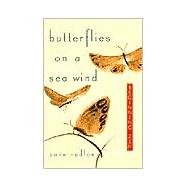Anne Rudloe was attracted to Zen as a college student. But it seemed premature for a 21-year-old to focus on the difficulties of life when she'd hardly begun to live. Twenty-five years later, she was ready to explore the spiritual discipline that origi








